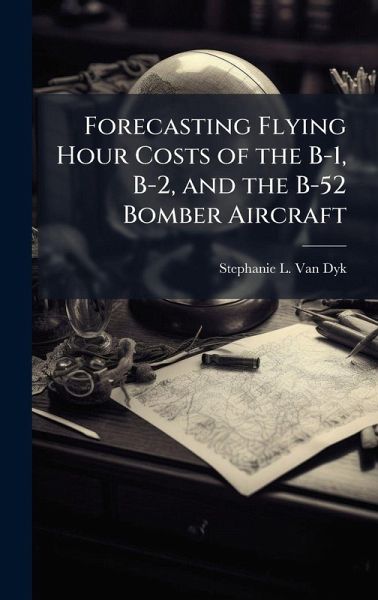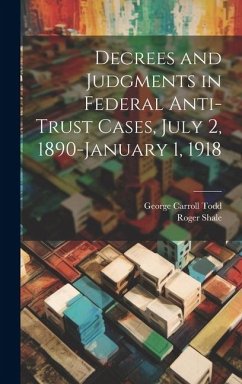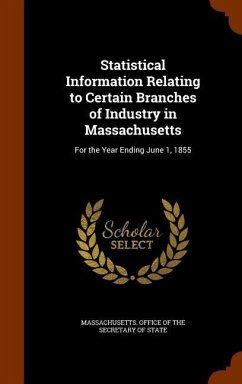
Forecasting Flying Hour Costs of the B-1, B-2, and the B-52 Bomber Aircraft
Versandkostenfrei!
Versandfertig in über 4 Wochen
29,99 €
inkl. MwSt.
Weitere Ausgaben:

PAYBACK Punkte
15 °P sammeln!
This thesis both evaluates, and presents improvements to, the current method of forecasting flying costs of Air Force aircraft. It uses depot level repairable (DRL) and consumable (CONS) data for the Air FOrce's bomber platforms: B-1B, B-2, and B-52H. The current forecasting method assumes a proportional relationship between costs and flying hours such that 1) when no hours are flown costs are zero, and 2) a 1% increase in flying hours will increase costs by 1%. The findings of this research indicate that applying log-linear ordinary least squares regression techniques may be an improved fit o...
This thesis both evaluates, and presents improvements to, the current method of forecasting flying costs of Air Force aircraft. It uses depot level repairable (DRL) and consumable (CONS) data for the Air FOrce's bomber platforms: B-1B, B-2, and B-52H. The current forecasting method assumes a proportional relationship between costs and flying hours such that 1) when no hours are flown costs are zero, and 2) a 1% increase in flying hours will increase costs by 1%. The findings of this research indicate that applying log-linear ordinary least squares regression techniques may be an improved fit of flying cost data over the current proportional model; the actual data indicate a non-zero intercept and a less than proportional relationship between costs and flying hours. This research also found that models including factors other than fklying hours as independent variables, such as sorties, lagged costs, and fiscal trends, may be more useful than models based solely on flying hours. Finally, this research found that estimating quarterly costs at the base-level may yield more accurate estimates than estimating at the monthly level, or mission design series level. This work has been selected by scholars as being culturally important, and is part of the knowledge base of civilization as we know it. This work was reproduced from the original artifact, and remains as true to the original work as possible. Therefore, you will see the original copyright references, library stamps (as most of these works have been housed in our most important libraries around the world), and other notations in the work. This work is in the public domain in the United States of America, and possibly other nations. Within the United States, you may freely copy and distribute this work, as no entity (individual or corporate) has a copyright on the body of the work. As a reproduction of a historical artifact, this work may contain missing or blurred pages, poor pictures, errant marks, etc. Scholars believe, and we concur, that this work is important enough to be preserved, reproduced, and made generally available to the public. We appreciate your support of the preservation process, and thank you for being an important part of keeping this knowledge alive and relevant.






![Hearings Before the Committee on the Judiciary of the House of Representatives [Feb. 28-March 1, 1906] on H. R. 239, Relating to Liability of Common Carriers by Railroads in the District of Columbia and Territories and Common Carriers by Railroads Engaged Cover Hearings Before the Committee on the Judiciary of the House of Representatives [Feb. 28-March 1, 1906] on H. R. 239, Relating to Liability of Common Carriers by Railroads in the District of Columbia and Territories and Common Carriers by Railroads Engaged](https://bilder.buecher.de/produkte/65/65674/65674989n.jpg)

![The Budget Report of the State Board of Finance and Control to the General Assembly, Session of [1929-] 1937, Volume 1, part 1 Cover The Budget Report of the State Board of Finance and Control to the General Assembly, Session of [1929-] 1937, Volume 1, part 1](https://bilder.buecher.de/produkte/65/65062/65062541n.jpg)



